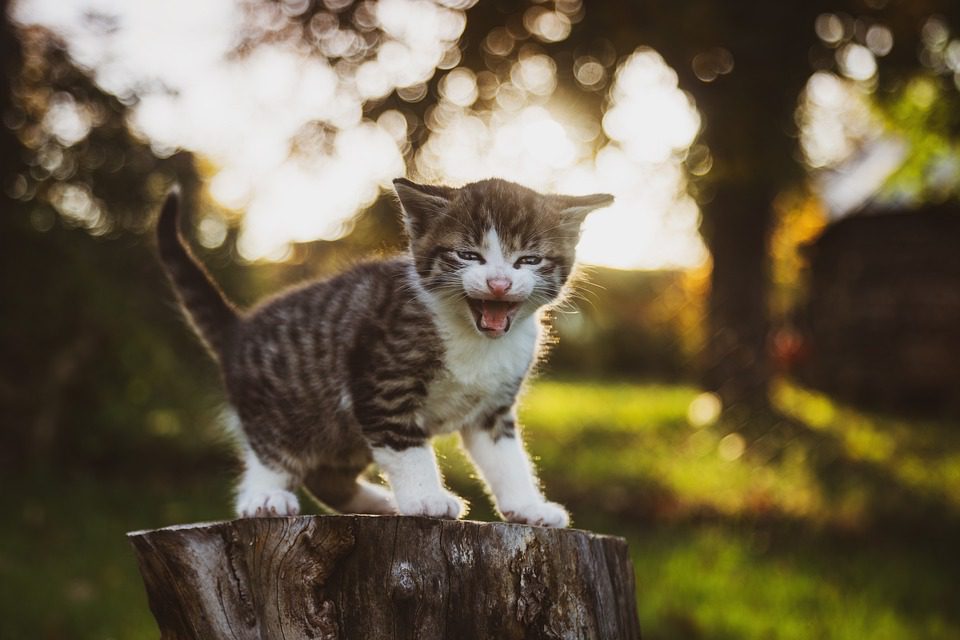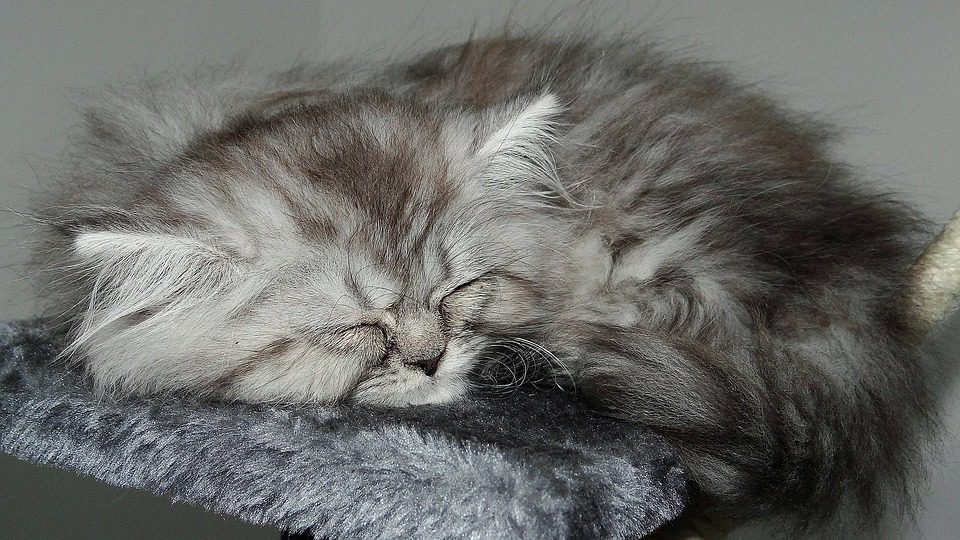Persian cats are one of the most popular and recognizable breeds of cats, and many people wonder how often they need to pee. While the exact frequency can vary depending on the individual cat, the general consensus from experts is that Persian cats should pee at least three to four times per day. It is important to pay attention to your cat’s litter box habits and make sure they are peeing regularly and not having any issues with urinary incontinence. This article will provide more information on Persian cats and their peeing habits so you can better understand your cat’s needs.
What You Need to Know About Persian Cat Urination
Table of Contents
Caring for a Persian cat requires time and dedication. One of the most important aspects of pet care is knowing how often cats pee and how to spot signs of a problem. When it comes to Persian cats, there are a few things to consider when it comes to urination.
The Urinary System of Persian Cats
Understanding the urinary system of Persian cats is key to understanding how often they pee. Like all cats, Persian cats have a urinary system that consists of two kidneys, two ureters, a bladder, and a urethra. The kidneys filter waste products from the blood and secrete them into the ureters. The ureters then transport these waste products to the bladder, which stores it until the cat has to urinate. Finally, the urethra is the tube through which cats expel waste from the body.
How Often Do Persian Cats Pee?
In general, Persian cats urinate anywhere from 3 to 7 times per day. This may vary depending on the individual cat’s age, health, and diet. For example, cats that eat canned food will generally urinate more than cats that eat dry food.
It is important to note that Persian cats are prone to urinary tract issues due to their anatomy. They have a shorter urethra than other cats, which can make them more prone to developing urinary tract infections and blockages. Therefore, it is important to monitor your cat’s urination habits and look for any signs of distress.
Signs of Urinary Tract Problems in Persian Cats
If your Persian cat is having difficulty urinating or straining to urinate, it could be a sign of a urinary tract issue. Other signs of a urinary tract issue include frequent urination, pain when urinating, blood in the urine, and urinating outside of the litter box. If you notice any of these signs, you should take your cat to the vet immediately.
Tips for Managing Persian Cat Urination
The best way to ensure your Persian cat is healthy is to take them to the vet regularly. Your vet can help you keep track of your cat’s urination habits and can detect any signs of a problem early. Additionally, it is important to feed your cat a balanced diet and provide plenty of fresh water. This will help ensure your cat is properly hydrated and can help prevent urinary tract issues.
Finally, it is important to keep your cat’s litter box clean and to provide plenty of litter. This will encourage your cat to use the box and can help prevent any issues with urination.
Overall, Persian cats can be prone to urinary tract issues due to their anatomy. It is important to monitor your cat’s urination habits and to take them to the vet regularly. Additionally, providing a balanced diet and plenty of fresh water can help keep your cat healthy and prevent any issues with urination.
### Common Myths About Persian Cats and Peeing
1. Myth: Persian cats pee a lot more than other cats.
Fact: Persian cats do not necessarily pee more than other cats. All cats pee the same amount, with healthy cats urinating around 2-4 times a day.
2. Myth: Persian cats don’t need as much litter box maintenance.
Fact: Persian cats need just as much litter box maintenance as other cats. Litter boxes should be scooped out at least once a day, and the litter should be changed at least once a week.
3. Myth: Persian cats are more prone to urinary tract infections.
Fact: Persian cats are no more prone to urinary tract infections than any other cats. However, all cats should visit the veterinarian regularly to ensure that their urinary tract is healthy.
4. Myth: Persian cats are more sensitive to changes in their environment.
Fact: Persian cats are no more sensitive to changes in their environment than other cats. All cats should have a consistent routine to help them feel comfortable and stress-free.
Frequently Asked Questions
How often do Persian cats pee?
Answer: Persian cats typically pee 1-3 times per day, depending on their diet and the amount of water they drink.
What type of litter should I use for a Persian cat?
Answer: It is recommended to use a non-scented, clumping litter for Persian cats. Clumping litter helps make clean-up easier and less time consuming.
Conclusion
.
Persian cats typically urinate 3-7 times a day, however, their shorter urethras can cause them to be more prone to urinary tract issues. To prevent any issues, it is important to take your cat to the vet regularly, feed them a balanced diet and provide plenty of fresh water. Additionally, keep their litter box clean and provide plenty of litter. By understanding their urinary system and monitoring your cat’s habits, you can ensure your Persian cat is healthy and happy.





